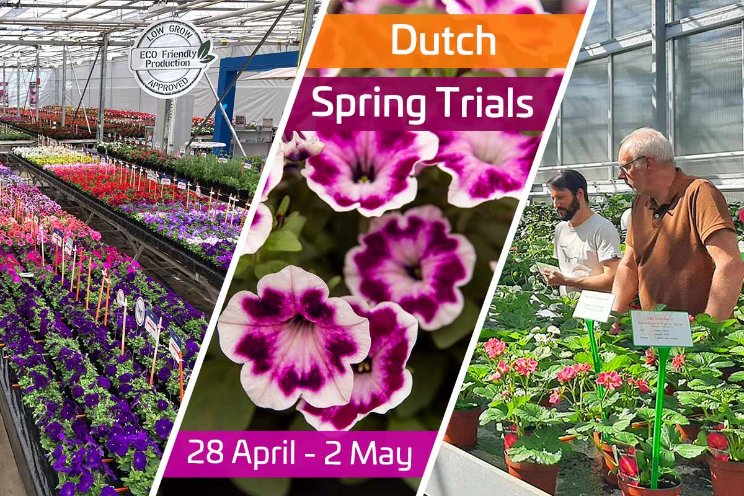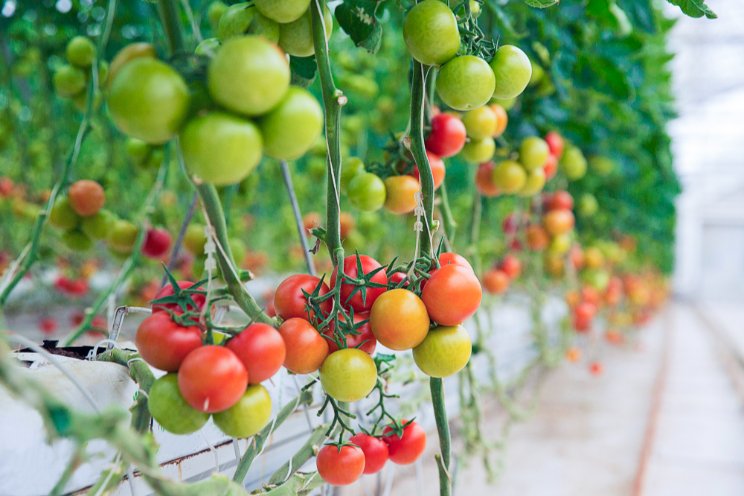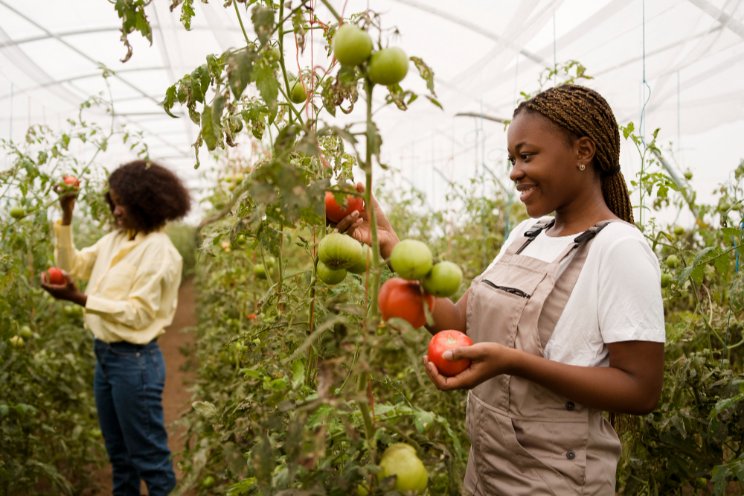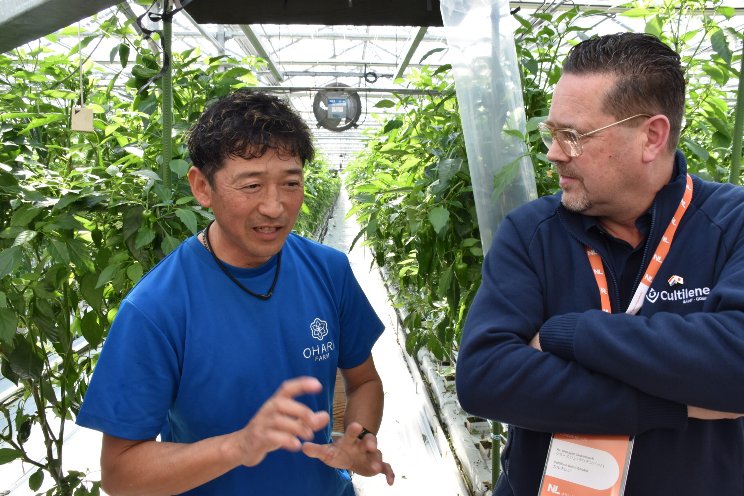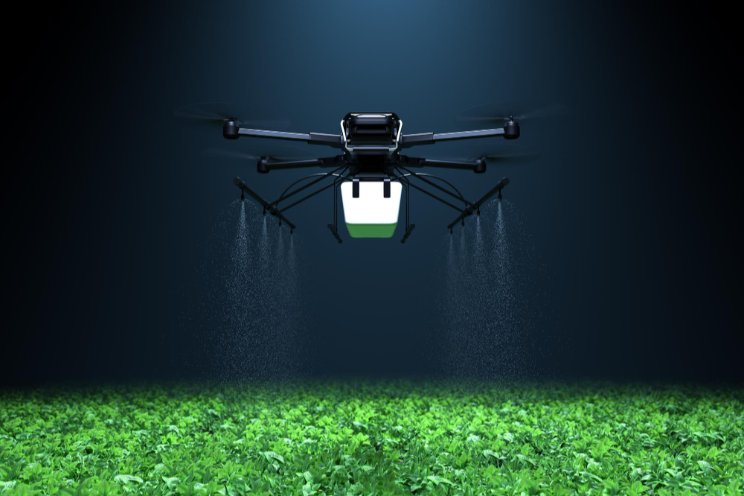Boosting strawberry quality with dynamic LED lights
Added on 21 September 2023

According to Statistics Canada’s annual production report, more than 6.2 million pounds of greenhouse strawberries were produced in Canada in 2022 – an additional 655,000 pounds compared to 2020. Statistics Canada also reports that sales of greenhouse strawberries increased 19.1 per cent to $18.5 million in 2021 due to higher prices and increased production.
“There’s a lot of momentum and a lot of interest in figuring out how to do it best and optimize production,” says Rose Séguin, agronomist at Sollum Technologies, of the movement toward greenhouse-grown strawberries.
Determining best practices for greenhouse strawberries
According to Agriculture and Agri-Food Canada’s Crop Profile for Strawberry in Canada (2019), greenhouse strawberry production systems can vary and can include both soil-less media and soil-based systems. Both June-bearing and day-neutral varieties can be grown in a greenhouse. But, like other greenhouse crops, environmental conditions play an important factor.
“…Lighting, humidity, and temperature need to be closely monitored and controlled for successful production,” the report advises. “Strawberry plants require a high amount of light and therefore supplemental lighting is needed, particularly during the early spring, late fall, and winter months.”
Supplemental lighting isn’t uncommon in greenhouses, with many growers using high-pressure sodium lights (HPS) to improve conditions, especially during low-light seasons. But, Séguin cautions, those who want to grow strawberries with supplemental lights need to take other factors into consideration.
Photo: SOLLUM
More news
